The only time I had to enforce the off-limits orders was when an American who said he was from the U.S. Embassy wanted access. He never showed me any identification, wasn’t dressed to fit his story, and I informed him that unless otherwise ordered, I wasn’t going to let him in. He became belligerent and demanded access. He used the telephone and called someone complaining about my orders, then hung up the phone and said he’d be back. I never saw him again.
I spent some time talking with them; their names were Robert Monahan and Thomas Scales, civilians working for Pacific Architects & Engineers [PA&E] under government contract. They were captured eight months before at a VC roadblock just outside of Xuan Loc in May of 1966. Upon capture the VC stripped them of their boots and they were never allowed any shoes, socks, or sandals for their feet since then. They had a hard time walking. Their feet looked like raw hamburger, not bleeding, but really in bad shape. They said the VC had been rough on them in the beginning. They were construction foremen, the VC accused them of working for the CIA so they were beaten and interrogated. I spent the rest of my shift talking with them, and again the next morning when I returned. They enjoyed the friendly interaction and special attention.
On the second day they were debriefed by Military Intelligence, had a visit with PA&E executives, followed by a press conference. I was allowed to stay in the room during the debriefing. I was impressed with the information the two provided. During their ordeal they were held in a local VC camp north of Xuan Loc. From a map they pointed out where they were captured, how far they traveled, and in what direction.
They told of other POW’s, a Philippine woman who was released with them whose husband, an Australian citizen, died of illness in captivity. There was another American, whose name I don’t remember, and other POW’s in the camp they were allowed no contact with. They told of a day they were suddenly moved from the camp, and the next day they could hear bombs from B-52’s striking the area they moved from. They told about how at Christmas (1966) they decided to act as if they had become crazy. They sang Christmas carols, ate dirt, and acted disoriented. They suspected it might have contributed to their eventual release. |
SP/4 Watts & POW's Monohan and Scales
|


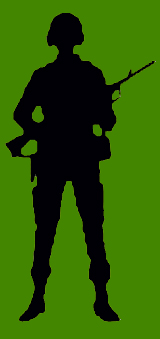


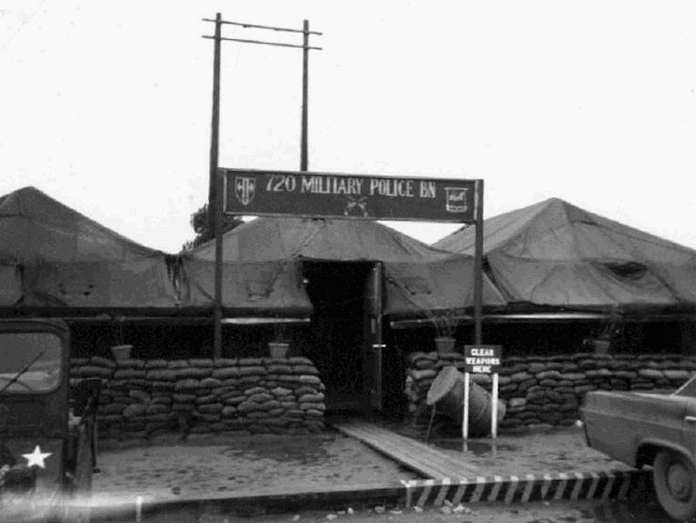


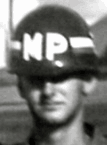 SP/4 Watts
SP/4 Watts
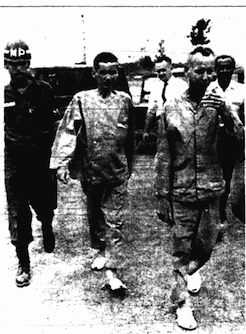

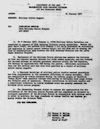


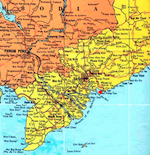

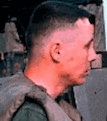 1LT Locke
1LT Locke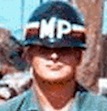 SP/4 Sexton
SP/4 Sexton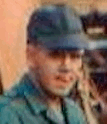 SP/4 Patrick
SP/4 Patrick

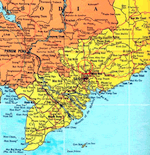
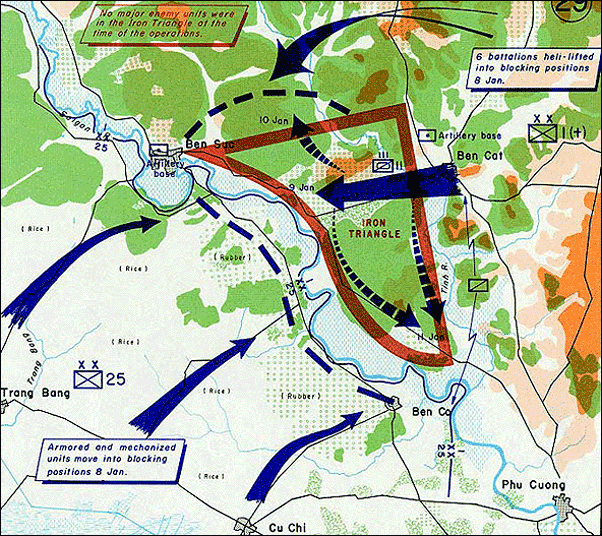
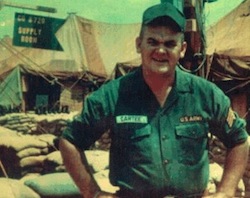
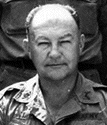 LTC Hill
LTC Hill LTC Weinstein
LTC Weinstein